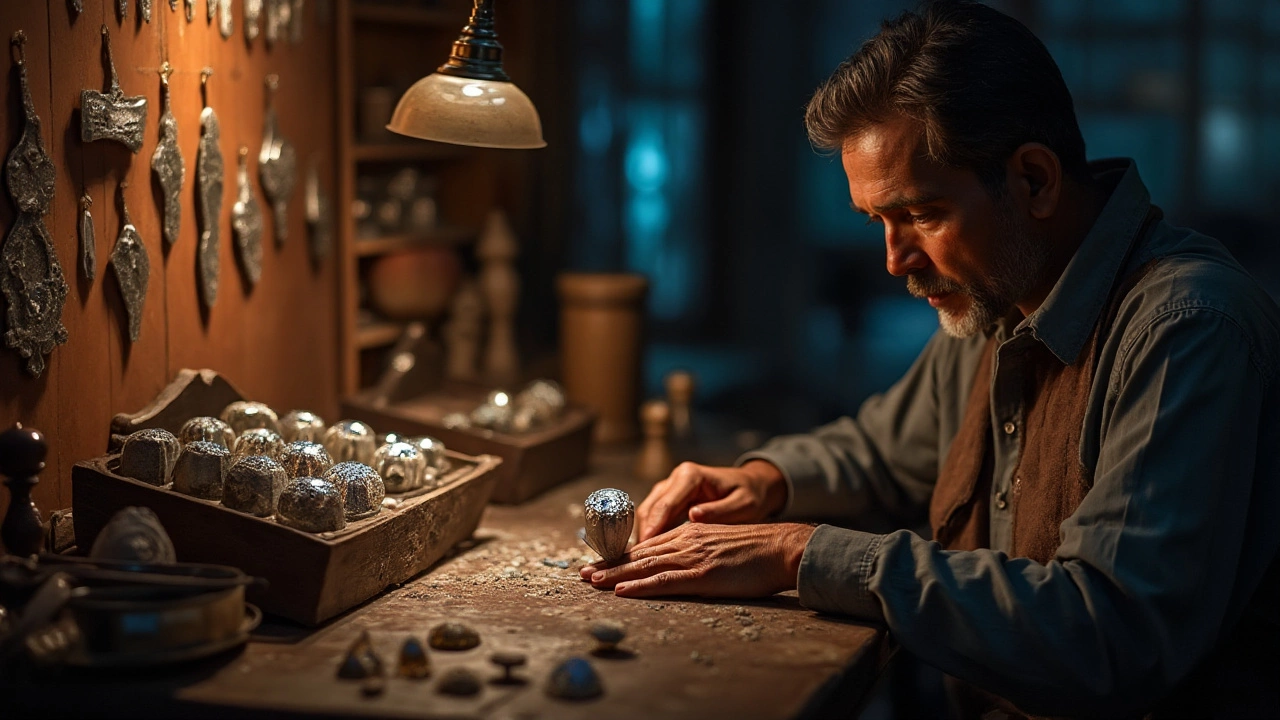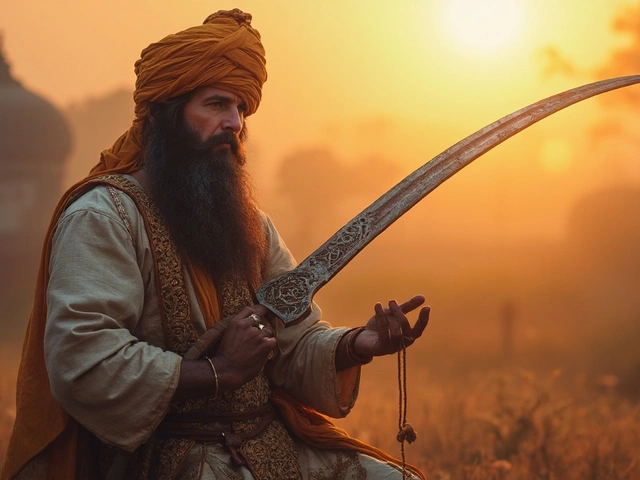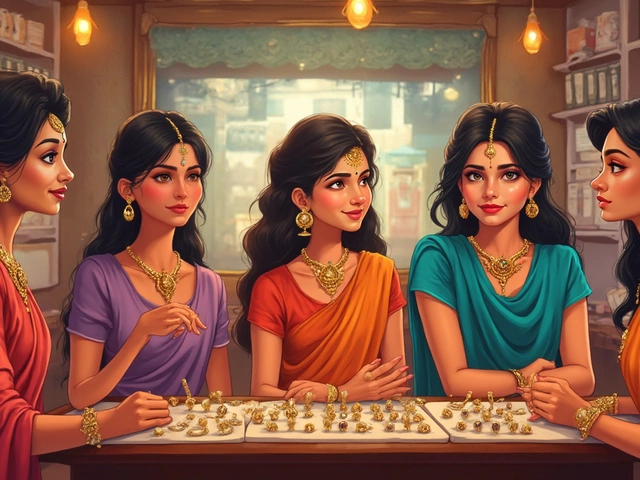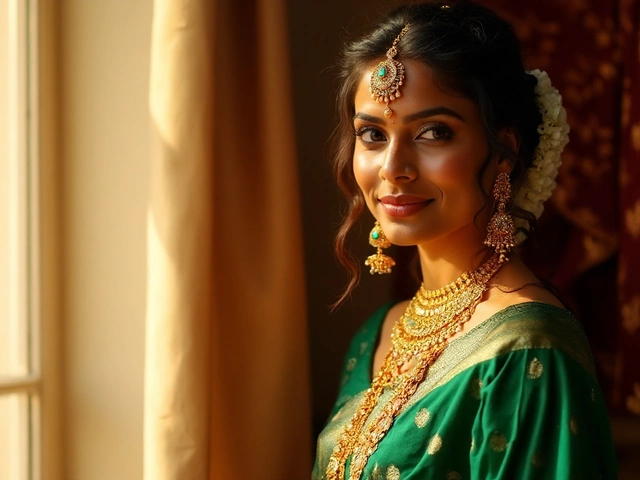Old Cut Diamonds: What They Are and How to Buy Them
If you’ve ever seen a diamond that looks a bit different from the usual sparkle, chances are it’s an old cut diamond. These stones were shaped before today’s fancy round brilliant became the norm. Their facets are larger, the patterns are simple, and the overall look is more classic than flashy.
What Makes an Old Cut Diamond Special?
Old cut diamonds come from the 19th and early 20th centuries. Back then, cutters didn’t have the advanced tools we have now, so they created shapes like the old‑mine, rose, and cushion cut. Because the facets are bigger, the stone often shows a brighter “fire” in certain lights but less overall sparkle compared to modern cuts.
These diamonds also carry history. A piece that’s been in a family for generations or bought from an old estate adds a story to the jewelry. That heritage can raise the stone’s emotional value, sometimes even its market price.
How to Spot Quality Old Cut Diamonds
When you’re hunting for an old cut diamond, start by checking the clarity. Since the facets are larger, any blemish or inclusion stands out more. Look for stones that are clean or have minor, hard‑to‑see flaws.
Next, examine the cut quality. Even though the style is vintage, a good cutter still ensured proper symmetry. Hold the diamond up to a light source and see if the reflections are even across the stone.
Weight matters too. Old cut diamonds are often measured in carats, just like modern ones, but the larger facets can make a stone feel heavier. Compare a few pieces to get a sense of what feels right for your budget.
Finally, verify the provenance. Ask the seller for any documentation, receipts, or a grading report. Authenticity matters, especially if you plan to resell or insure the piece later.
Buying an old cut diamond can be a rewarding experience. You get a piece of history, a unique look, and often a solid investment. Just keep these practical checks in mind, and you’ll feel confident picking the right stone.
Are Vintage Cut Diamonds Increasing in Value?
The allure of vintage cut diamonds continues to captivate collectors and buyers alike. As markets shift and preferences evolve, there is a growing appreciation for the charm and uniqueness of these old-world gemstones. This piece explores whether these diamonds, steeped in history and artisanal craftsmanship, carry more value today compared to their modern counterparts. Insights into their intricate design, historical significance, and the factors that impact their market worth are discussed.





